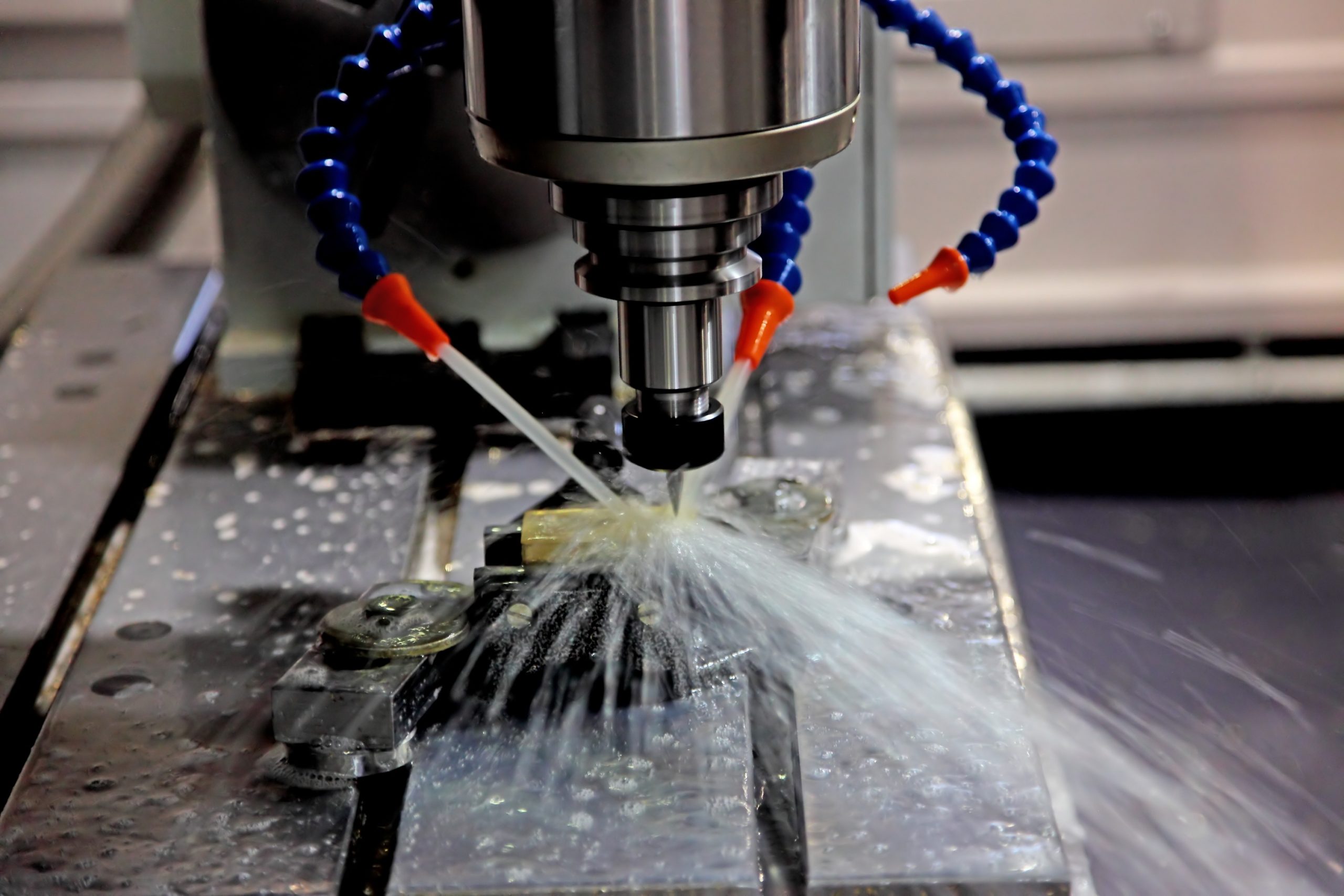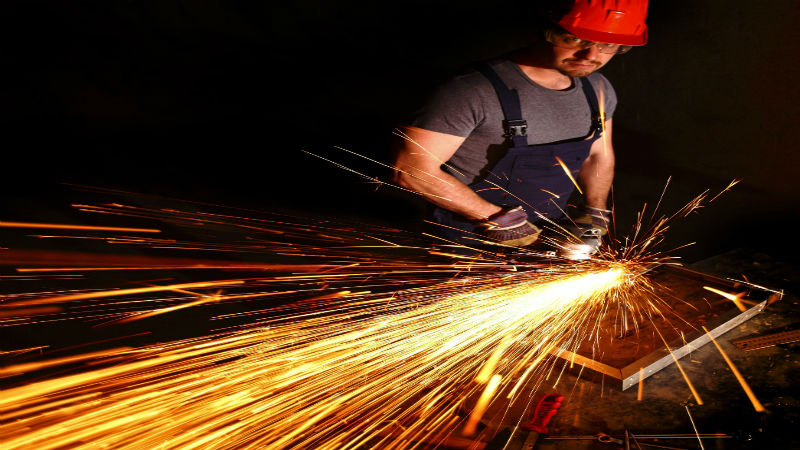Although most people have never heard of it, metal rolling is one of the most important processes in steel manufacturing.
Steel comes in a variety of shapes, sizes, grades and specs. There are more than 3,500 grades of steel that come in a variety of finishes. Steel can be used to meet a variety of needs in the manufacturing and construction industries.
The process of metal rolling reduces and makes uniform the thickness of the entire piece or slab. The difference in classification is determined by the temperature of the metal as it passes through the rollers.
The two classifications of metal rolling are hot rolling and cool rolling.
Hot VS Cool Rolling
Hot rolling involves the use of large slabs of metal. These slabs are heated to a temperature above the point of recrystallization. For steel, the temperature for recrystallization is somewhere between 400 and 700 degrees Celsius.
Cool rolling is done after the metal has cooled down from the hot rolling process, when the metal is at or near room temperature. Because of this, cool rolling is much more labor intensive as the metal is not as pliable.
The two processes have an impact on overall performance and application, but they do not affect the grade or specs of the material being processed. Some applications call for hot-rolled metal while others call for metal that’s been cool rolled as well.
Benefits
Hot rolled steel is much less labor intensive, making it cheaper to produce and easier to work with. It’s best used in projects where dimensions aren’t as precise.
Cool rolled steel is essentially extra work in that it’s conducted after hot rolled steel has cooled down. But this process produces a higher grade finish. It’s best used in projects that require precise dimensional accuracy. Cool rolled metal is harder as well.


